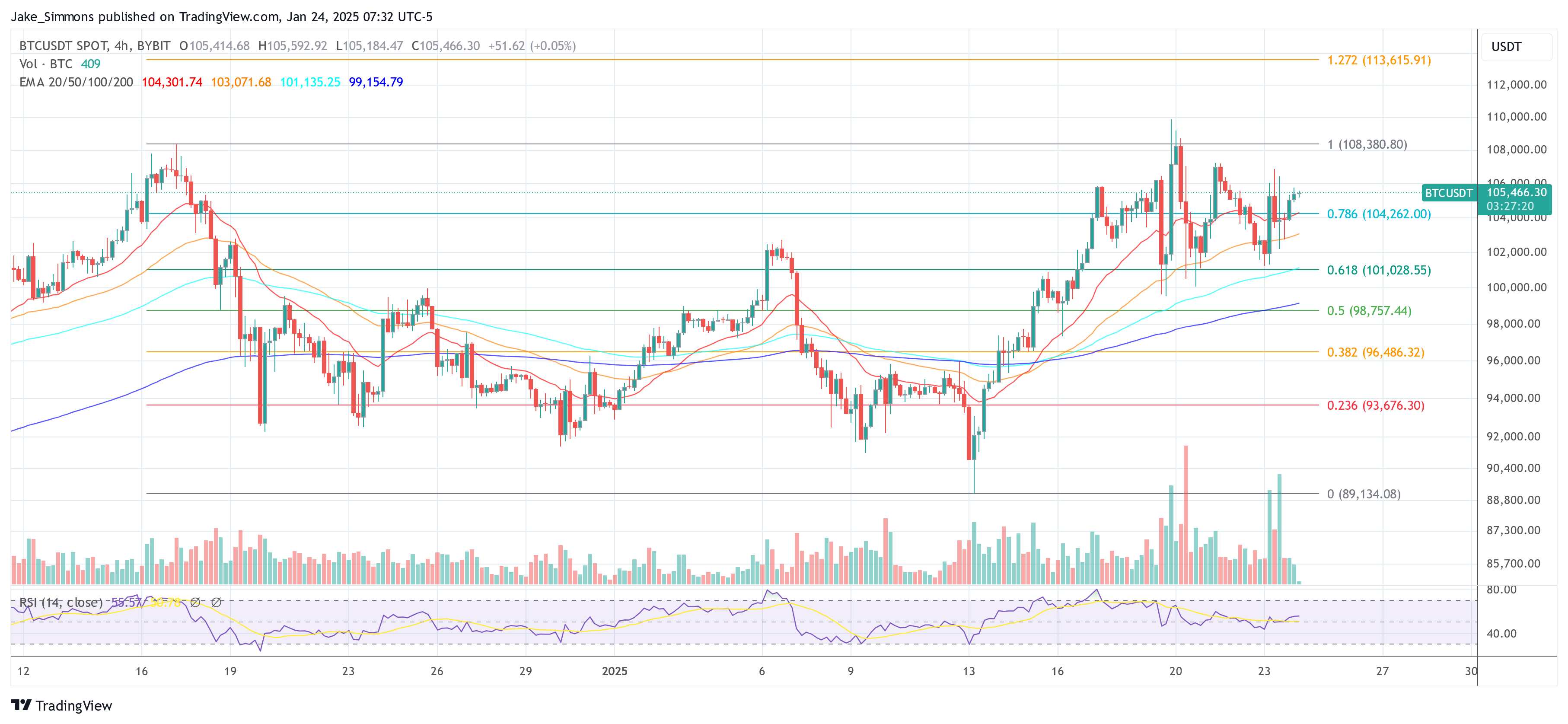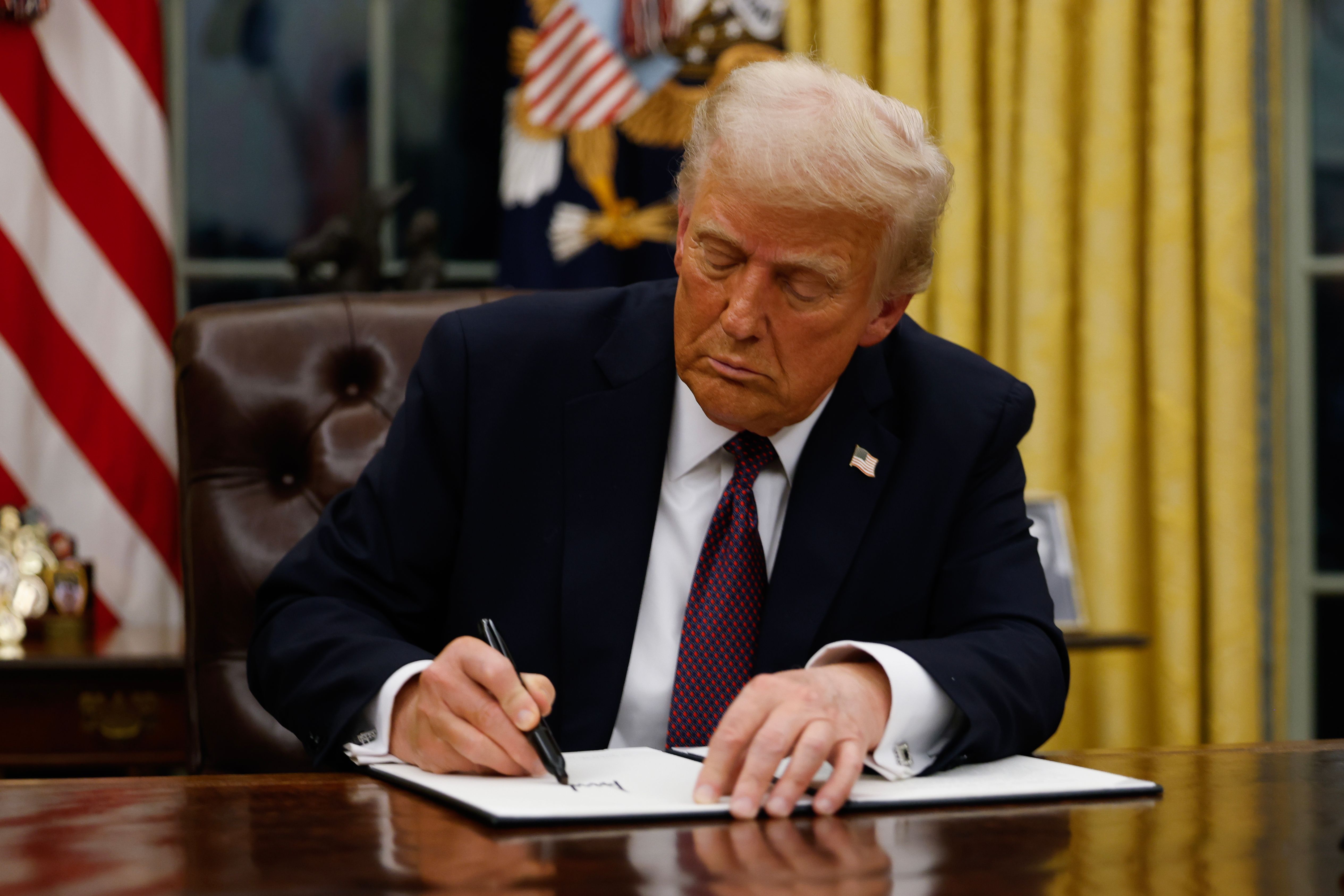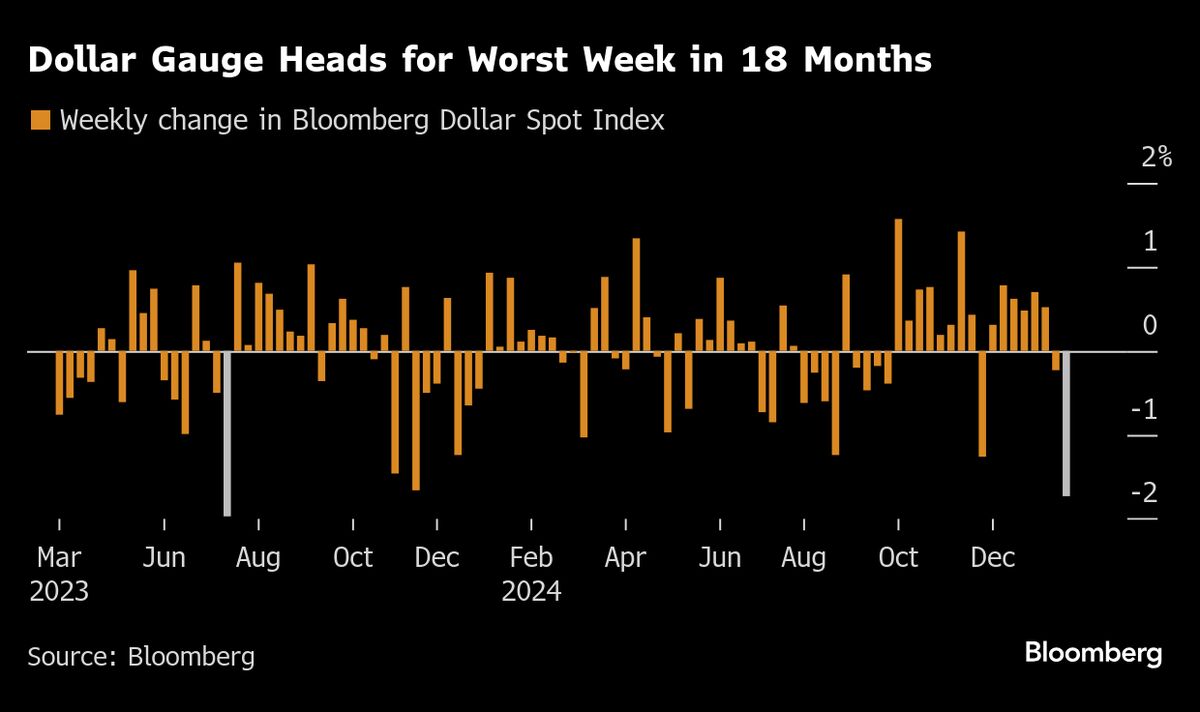When teenager Axel Rudakubana embarked upon a murderous frenzy in the seaside town of Southport last July, he not only destroyed the lives of his victims and their families but also sent shockwaves through British society.
On Thursday the 18-year-old received a 52-year jail term for the killing of three small girls and the maiming of 10 other people, an atrocity that was followed by a wave of online disinformation and anti-immigration rioting across England.
When full details of Rudakubana’s disturbing history finally emerged this week, they triggered a furious debate about the UK’s approach to open justice, as well as the state’s understanding of modern terrorism.
Rudakubana was arrested at the scene of last July’s killing spree at a Taylor Swift-themed dance class, still standing over the body of a child with a kitchen knife in his hand.
In the days and weeks that followed, police released very few details. Disinformation began to spread online, including incorrect claims that the attacker was an illegal immigrant.
Violent race riots followed and the authorities were later accused of a cover-up, particularly by those on the right of British politics.

It is a claim that police, prosecutors and the Prime Minister Sir Keir Starmer, himself a senior lawyer and former head of the Crown Prosecution Service, have repeatedly denied.
“If this trial had collapsed because I or anyone else had revealed crucial details while the police were investigating — while the case was being built, while we were awaiting a verdict — then the vile individual who committed these crimes would have walked away a free man,” said Starmer on Tuesday.
Starmer’s position, and that of prosecutors, is based on British contempt of court laws dating back to the early 1980s, which restrict what information can be released ahead of a trial to prevent the jury being swayed.
However barrister Jonathan Hall KC, who is currently reviewing terror legislation for the government, called the state’s interpretation of contempt law in the Southport case “ultra cautious”.
Police could, he told the Financial Times, have safely released Rudakubana’s age, ethnicity, nationality, his birthplace of Cardiff and the fact he was from a Rwandan Christian background.
Naming him would have been more complex, as he was 17 at the time, but Hall said prosecutors could and should have applied for a court order to do so.

“Imagine if [police] had put out a clear, calm, authoritative, honest, transparent statement on Twitter [now X] early on,” he said.
“Some people are of course going to believe the worst, or in a conspiracy theory, but most people are just looking for information.”
The state’s silence may ironically have been counter-productive at trial, said Hall, because the jury could have had disinformation in their minds instead.
The justice system would now do well to “refine” its understanding of what “prejudicial” means in a social media era, he said, while decades-old contempt of court laws are reviewed.
The case has also sparked debate about the country’s understanding of, and response to, acts of terror.
Within days of the Southport killings, police discovered that Rudakubana was in possession of an al-Qaeda training manual.
Prosecutors would later argue that this had been used to plan the attack. He had also manufactured the deadly poison ricin in his bedroom, before storing it in a plastic box under his bed.
However while he was charged with the possession of terror-related material, he was not charged with committing an act of terror. Even police working on the inquiry said that they initially struggled to grasp why.
“I’m saying: is this not now terrorism, is this not now terrorism, is this not now terrorism?” recollected senior investigating officer Jason Pye, a detective chief inspector at Merseyside police, of his conversations with prosecutors as the evidence unfolded.
A terror charge would also have made his investigation more straightforward, he said. Under terrorism legislation, Rudakubana could have been detained for seven days.
Without it, police had a maximum of 72 hours to put their case together and gather medical evidence relating to the 13 victims.
“It would have absolutely meant we had the time to do a lot more things,” said Pye of a terror charge.
According to prosecutors, the sheer range of material found on Rudakubana’s 43 devices — coupled with his lack of explanation for his actions in interview — meant he could not be charged under the Terrorism Act 2000.
That defines terrorism as being “for the purpose of advancing a political, religious or ideological cause”. It was later updated to include racial ideology.
Among more than 164,000 seized documents was violent material relating to the Nazis, Gaza, Grozny and Iraq, as well as footage of the attack on Bishop Mar Mari Emmanuel in Australia last April.
“He wasn’t fighting for a cause,” said prosecutor Deanna Heer on Thursday. “His only purpose was to kill.”
Starmer said this week that he understood “why people wonder what the word ‘terrorism’ means”.
“And so, if the law needs to change to recognise this new and dangerous threat, then we will change it — and quickly,” he added.
Nevertheless Hall, who is now reviewing the legislation for home secretary Yvette Cooper, said he is “sceptical” of widening the terror definition.
Casting the net more widely, he said, could bring in individuals such as football hooligans or organised criminals.
Rudakubana’s case has also prompted questions over how well Britain’s existing anti-extremism agencies are equipped to cope with young people fixated by violence.
In 2022, aged 15, he told Lancashire police that he had thought about poisoning people and manufacturing poison for that purpose, which he later did. The force said it would not comment further ahead of a public inquiry.
Rudakubana was also referred to the government’s Prevent anti-extremism programme three times between 2019 and 2021.
Initially he was referred aged 13, when his school noticed him researching school shootings online.
Subsequently he was flagged for posting on Instagram about the former Libyan dictator Colonel Gaddafi, while in April 2021 he was found to have been looking up the 2017 London Bridge terror attacks at school.
On each occasion, Prevent closed the case, noting that there was no coherent ideology behind his actions. He did not become a subject of interest for counterterror police.
Speaking ahead of sentencing, Vicki Evans, senior national co-ordinator for counterterrorism policing, said that at the time of his referrals the programme had not caught up with a new generation of extremists.
“At the time the Prevent partnership response to the increasing fixation with extreme violence was evolving, but was less developed than it is today,” she said.
“Although improvements to help tackle this challenge have been made,” she added, “it is right that questions are asked about what more needs to be done.”









 ” This aligns with Saylor’s previously outlined tgree catalysts for Bitcoin
” This aligns with Saylor’s previously outlined tgree catalysts for Bitcoin 





 (@twobitidiot)
(@twobitidiot) 

















You must be logged in to post a comment Login